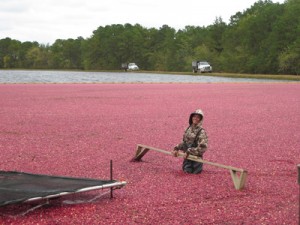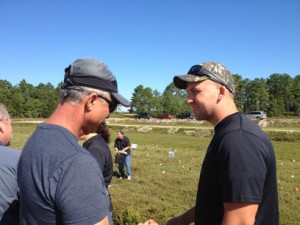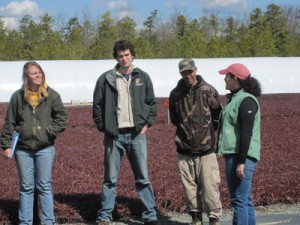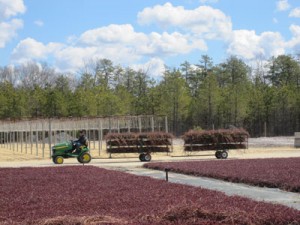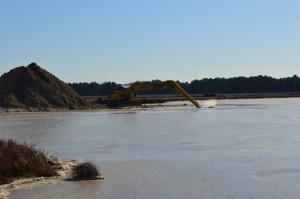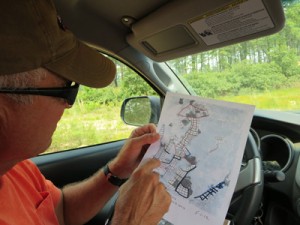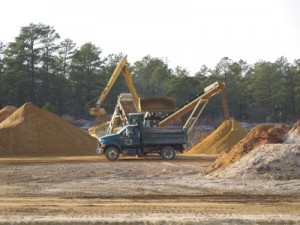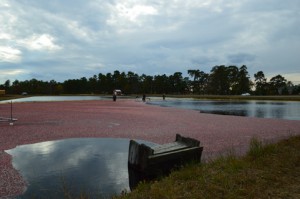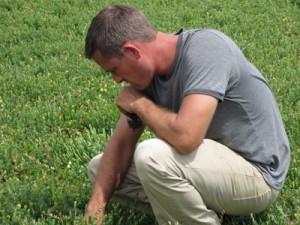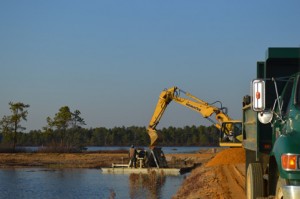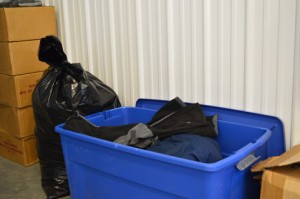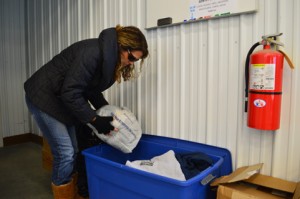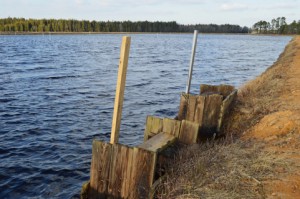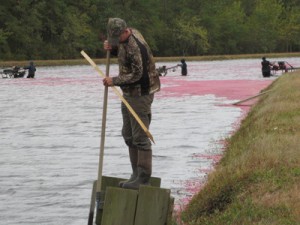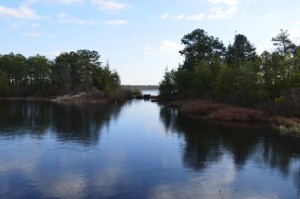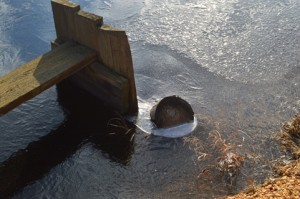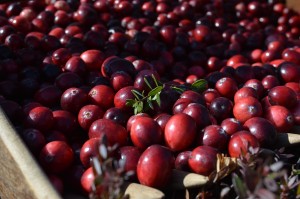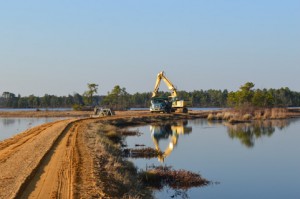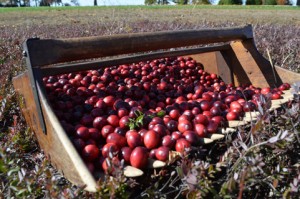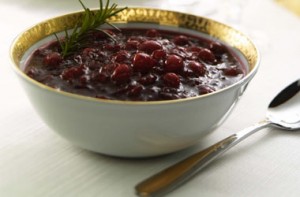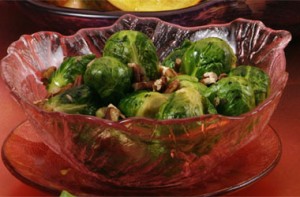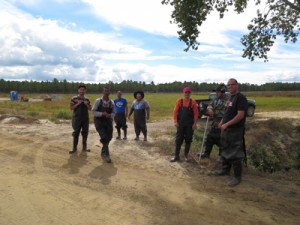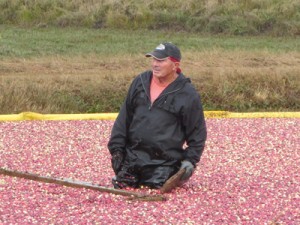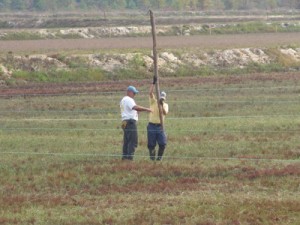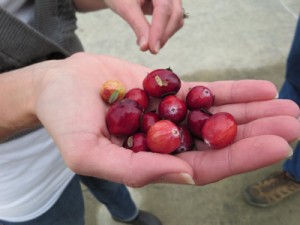This week the American Cranberry Growers Association once again held its annual winter meeting. The ACGA winter meeting is always a good opportunity for growers to listen to research findings from experiments during the previous growing season and the researchers’ recommendations for the 2014 growing season. In addition, it’s a great chance for the local cranberry community to catch up to each other after the busy harvest season.
For their part, the Marucci Center researchers like the chance to get together, as well. Dr. Cesar Rodriguez-Saona always puts together an informative program, with a wealth of information covering a range of topics from disease management, breeding, frost protection, heat stress, weed control, insect pest management, among others. “The ACGA meetings are important because they provide cranberry growers an update on current research being conducted at Rutgers University and other universities,” Cesar says. “And it’s always helpful for us to get feedback from growers.”
CEO Bill Haines has always maintained that it’s a wonderful chance to have all the growers and key researchers together in one place to have a discussion. Local growers Shawn Cutts and Joe Darlington are on the same page. “I’ve been to grower meetings in other regions and it’s a lot more about regulations and the political end,” Joe says. “Here, we get much more grower info, which is what it’s about, as far as I’m concerned. It’s a chance to get together with the rest of the industry, because we really don’t get to do that very often.” Shawn agrees: “It’s valuable to hear the latest research from the people who are working to help us grow more berries and do it even better. There’s a lot of good practical info that’s helpful in many ways.”
New Pine Island COO Bryan vonHahmann was pleased to attend. “All of this is new to me, so I really got a lot from it. You really do get a lot of great information, and it was a fantastic opportunity to meet with other growers and industry people. It gives everyone a chance to share knowledge and experience in a non-competitive environment.” It’s even given him some ideas for community interaction based on his past experiences with the equipment industry, and he’s looking forward to working more with our neighboring growers.
GM Fred Torres and PIICM manager Cristina Tassone especially like the collaboration with the scientific community. “It’s great seeing all of these individual projects working together,” Cristina says. “It’s really everything we’re dealing with in the field. Nobody is working in a vacuum; everyone has real hands-on experience and can see how the research directly affects the growers. It’s especially good to see the grad students getting involved; the presentation on the window for fruit rot control was particularly interesting and is going to end up being really useful for the cranberry industry as a whole.” Cristina also enjoys the opportunity to hear from researchers in other regions. “They’re not just bringing in people from New Jersey,” she says. “We get to hear from the people working in Massachusetts and Wisconsin, too.”

